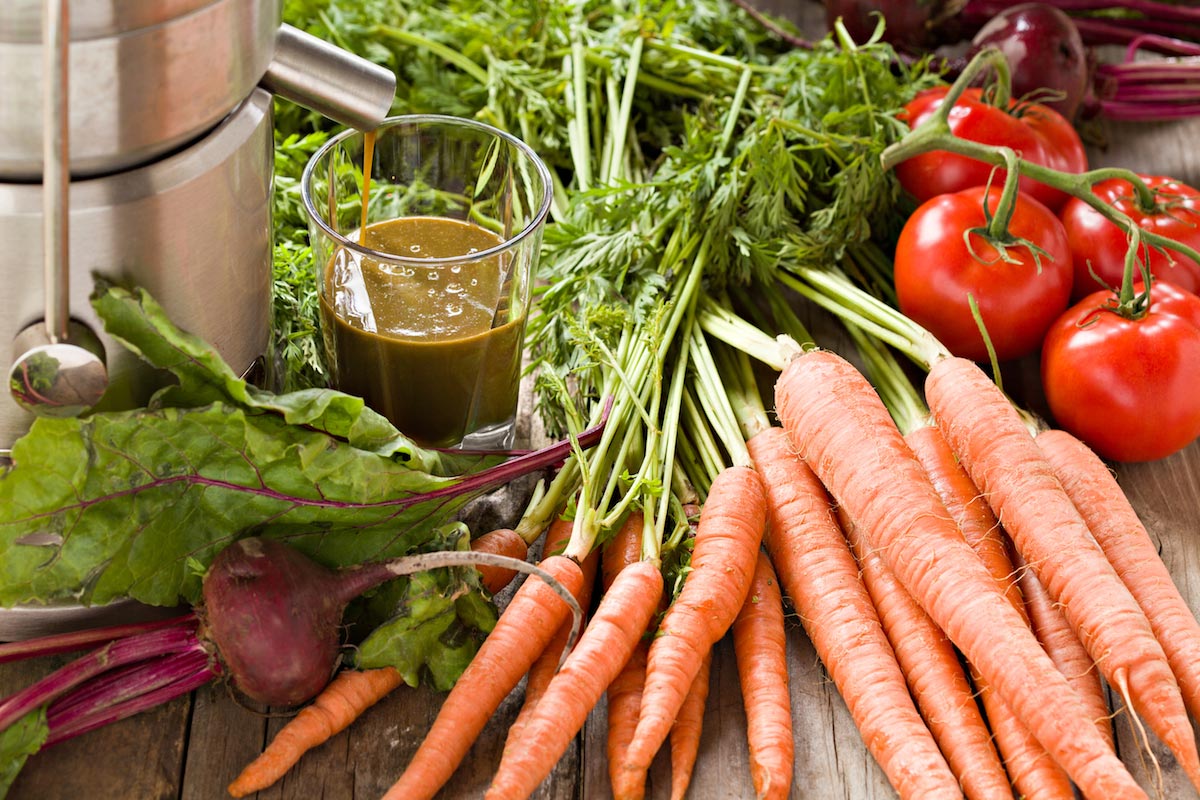Eat more millet: Full of nutrients, this grain provides numerous health benefits
08/30/2019 / By Stephanie Diaz

People have been consuming cereal grains such as rice, corn, and oats for many years. Most early civilizations were formed mainly because of domesticating grains, allowing people to evolve from a hunter-gatherer lifestyle and start forming societies. Grains are considered a staple by many since it enhances satiety. Due to millennia of experience cultivating and harvesting grains, this modern day staple food is one of the least expensive sources of calories.
There are several types of grains, such as wheat, oats, rice, rye, barley, quinoa, and corn. These grains can be cooked as is or can be milled to produce cereal foods such as bread, pasta, and ready-to-eat breakfast cereals. Grains can be classified into two categories: whole grain and refined.
Whole grain foods have three layers. Most of the nutrients in grains are on the outer layer. It contains fiber, vitamins, minerals, and antioxidants. Whole grain foods are especially important for vegans and vegetarians, because they provide a rich source of iron and zinc. Refined grains, on the other hand, don’t have either the bran or germ layers due to processing. Consequently, the refining process also removes most of the fiber, vitamins, and minerals from grains. (Related: Whole grains can increase your lifespan, decrease diabetes, heart disease risk and more.)
Researchers from the Govind Ballabh Pan University of Agriculture and Technology in India conducted a review on the health benefits of finger millet (Eleusine coracana (L.) Gaertn) and found that it is a rich source of vitamins, minerals, and essential amino acids.
Finger millet is a whole grain that is widely produced in India, Nigeria, Niger, Mali, Burkina Faso, Chad, and China. There are other species of millet, but finger millet is the most cultivated variant due to its resilience to adverse climatic conditions. Finger millet is easy to grow and has high nutritional value compared to other cereals like barley and oats. It is a rich source of minerals like calcium and iron, and contains essential amino acids such as methionine, isoleucine, leucine, and phenylalanine. Vitamins such as thiamine (vitamin B1) and riboflavin (vitamin B2) are also found in finger millet.
Nutrient-dense finger millet
Finger millet has a multitude of health benefits thanks to its high content of macronutrients, micronutrients, and phenolic compounds. Here are some of them.
Managing blood glucose levels
Finger millet can help manage diabetes. It is rich in fiber and carbohydrates that keep blood glucose at a healthy level. Dietary fiber does not raise blood glucose levels because it cannot be broken down by the body. Instead, it increases satiety while decreasing calorie intake.
Finger millet contains 72.6 g of carbohydrates and 19.1 g of dietary fiber per 100 g serving.
Supporting bone health
Calcium is an essential mineral for bone health. The body cannot make calcium and can only acquire it through food or supplements. If the body does not get enough calcium, bones can get weak and may lead to diseases such as osteoporosis.
Finger millet is one of the most abundant sources of calcium. It contains about 344 mg of calcium per 100 g.
Antioxidant properties
Finger millet has antioxidant properties due to its abundance in vitamins, polyphenols, phytates, tannins, and dietary fiber. Antioxidants are known to counter the effects of aging and metabolic diseases by fighting harmful molecules called free radicals.
Lowering blood cholesterol
Finger millet is rich in amino acids such as lecithin and methionine. These amino acids are known to manage cholesterol levels by eliminating excess fat from the liver. It also contains threonine, an amino acid that prevents fat formation in the liver.
Interested in finding out how grains can benefit your health? Visit Superfoods.news to learn more.
Sources include:
Submit a correction >>
Tagged Under:
#nutrition, alternative medicine, Amino Acids, anti-diabetes, Antimicrobial, antioxidant, antioxidants, blood sugar, bone health, cholesterol, diabetes, dietary fiber, disease treatments, food cures, food is medicine, functional food, healthy diet, heart health, immune system, longevity, minerals, natural cures, natural medicine, nutrients, phenols, phytonutrients, prevention, vitamins
This article may contain statements that reflect the opinion of the author
RECENT NEWS & ARTICLES
COPYRIGHT © 2017 NUTRIENTS NEWS





















